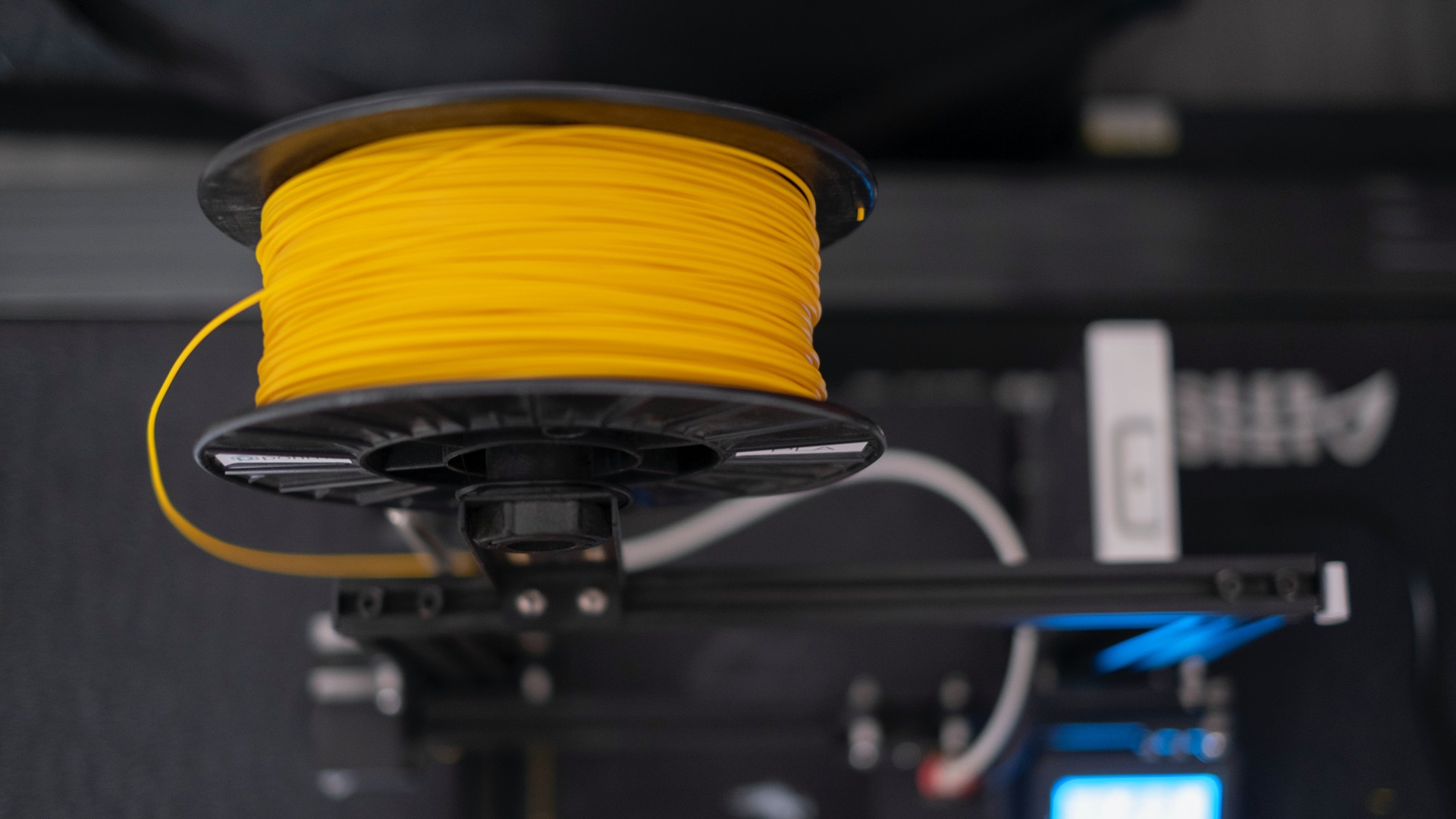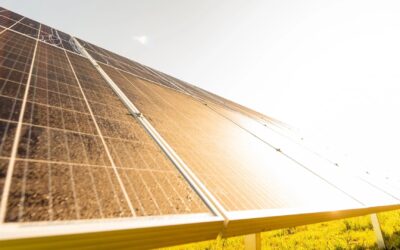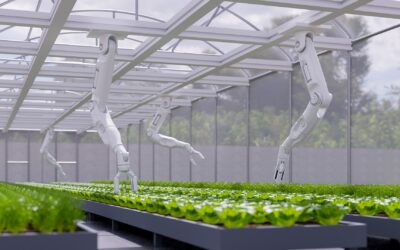Ask the average consumer about their opinion on the material, and there will be answers from the extreme “we should get rid of all plastics!” to a more vague but still negative assertion that plastics are not good for the environment, and this has been heard loud and clear by brands. Everywhere you look, there are companies making commitments to reduce plastic usage, reports about recycling-intended plastic ending up in landfills, and local and state governments that are banning plastic usage for certain products.
While it’s true that there are certain applications that are not well-suited to plastics – predominantly single-use, throw-away products and packaging – what may be easy to miss in all these news bytes is that plastic can be a viable and valuable tool for sustainable product development when used purposefully.
The upside of plastics
Let’s start by looking at some of the positive aspects of plastic, then dig into how these benefits can be applied when developing sustainable product programs.
From the outset of plastic’s lifecycle, we find positive environmental impacts. We know that most materials rely on oil or some other source of energy to extract and create them, but plastic notably requires less energy to create than most other materials. Considering both the oil plastic is made from, and that which serves as energy to transform the raw ingredient into a usable material, plastic still requires less combined oil in its creation than materials like glass and even paper.
At the manufacturing stage, plastics again have an environmental advantage. Typically, plastic is easier to mold at much lower temperatures than materials like glass and metal, which means less energy is used in this phase of the lifecycle as well. Plastics are also faster to produce than paper-based materials, which leads to volume manufacturing and lower energy costs versus paper.
Beyond the straightforward energy savings in manufacturing, plastics are often easier to process and form into complex parts. This often leads to less waste being created during the manufacturing process, and the waste that is created is relatively easy to capture and turn into pre-consumer recycled content.
Then when those plastic parts or products are ready to be shipped to their next destination in the value chain, and to their final destination with the end consumer, the lightweight aspect of the material creates more positive impacts – the lighter the weight, the less fuel that’s needed to transport the material and the fewer emissions that are created.
In considering the use phase, plastics can be a great option because they can be engineered to be incredibly strong and long-lasting with minimal weight. This indicates they should really be used in the exact opposite way of what we often see – and instead for products that are meant to be durable and have a long lifespan.
When it comes to the end of life for materials, there are a lot of complexities to consider. At a basic level, when dealing with common commodity plastics (PP, PE, PET) that are in mono-material form, recycling of plastics will again have a lower impact than metal and glass (although in this case does have a higher impact than paper and wood). But because of the many end-of-life factors that we need to consider, let’s spend some more time digging into this phase of the life cycle.
Tackling the end of life: what’s the deal with recycling anyway?
One of the big public pushbacks on plastics stems from the large number of single-use products that utilize plastic in their packaging or in the product itself, and then end up in a landfill in short order. After all, plastics are cheaper, easier to process, and lighter to ship… all the things that make them an easy “solution”! It is precisely these attributes though that have led us to undervalue the impact of plastics and treat them as “throw-away” materials rather than the great solutions they present. If we cared for them more (no one throws away gold, no matter how old) then we wouldn’t have the waste issue we have today.
Beyond the downfalls of having a “throw-away” culture, the issue is compounded because of the challenges that exist in recycling plastics. One of the big hurdles is the economics of it – plastic is expensive to collect and sort. There are thousands of different types of plastic, and they must be sorted into their individual types to be successfully recycled. There’s also just the technical difficulty of the process – a lot of plastic products are mixtures of several chemicals, which makes it hard to isolate a base material that can be recovered and reused. It’s also been found that plastic can often only be recycled once or twice before the chemicals start to break down. This means that it’s often cheaper and easier to just make a brand new replacement product. [1]
So how can we set plastic up for sustainable success at the end of life? It starts with identifying which plastics are easily and feasibly recyclable, then understanding the guidelines, benefits, and drawbacks that exist around the array of more complex plastic options that are out there to apply them in a meaningful way.
The best types of plastics to recycle are uncolored with no functional additives and that already have a widespread (national or global) recycling infrastructure. This generally applies to a limited number of plastics, namely PET water and soda bottles and HDPE milk jugs. When it comes to plastics such as ABS, acrylic, PC and nylon, single-stream recycling is possible for large amounts of clean parts, which means no paint, glue, lamination or other additions. However, the complexity here is that most curbside recycling programs won’t accept these plastics because they don’t have the equipment necessary to process it. Instead, you’re going to have to find your own recycler to take these plastics and might even have to ship the material there yourself.
Read more here.
Sign up today for a free Essential Membership to Automation Alley to keep your finger on the pulse of digital transformation in Michigan and beyond.
We design innovative beautiful products that make people’s lives better. It’s our mission to inspire your customers to fall in love with your brand through solutions that drive emotional, functional, and sustainable impact. We work with organizations of all sizes, from inventors and start-ups to global 100 brands. No matter where you are today – from a fuzzy front-end question to a technical commercialization challenge – we come alongside you to design with purpose.




